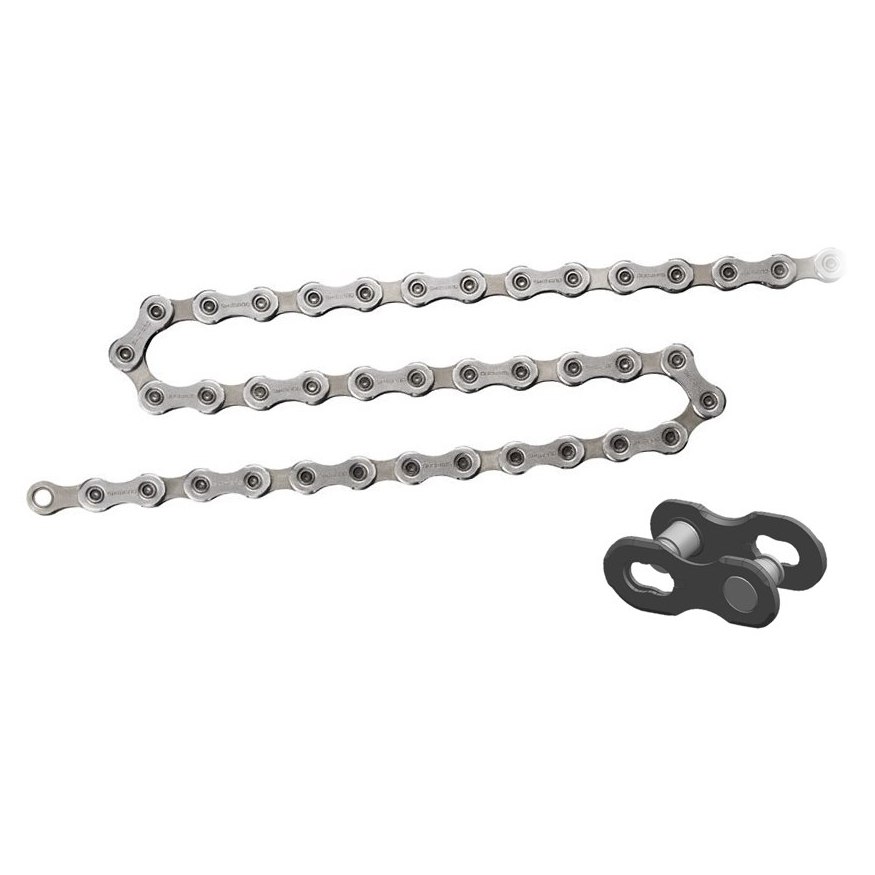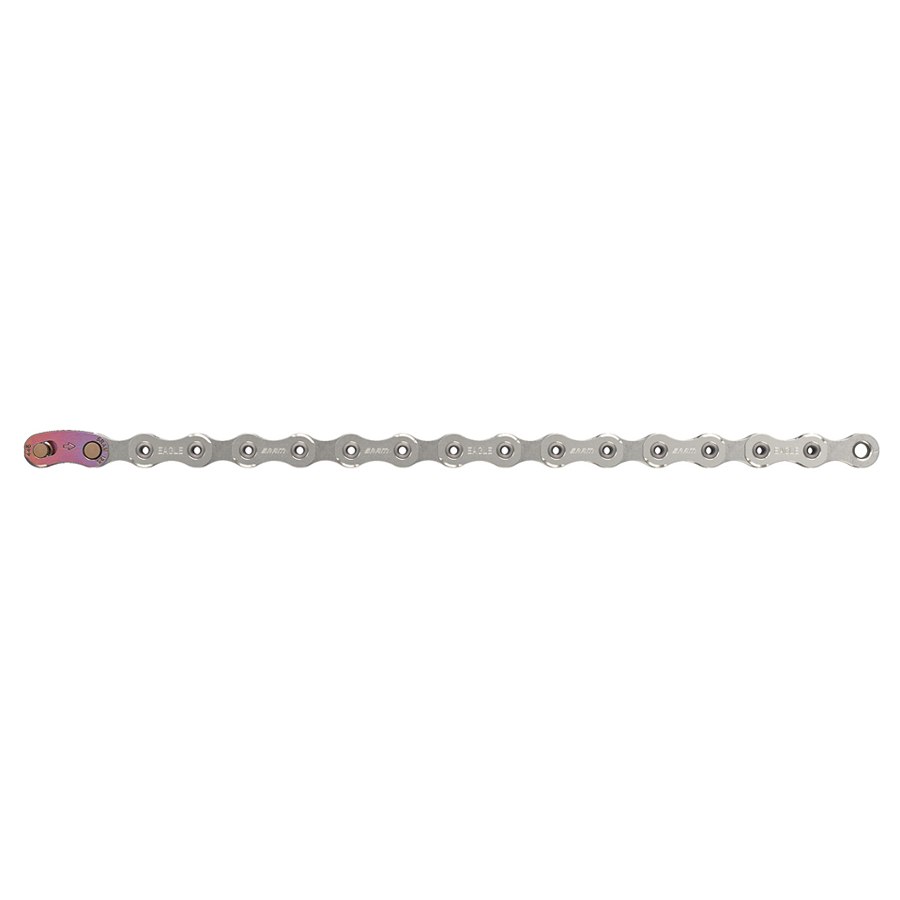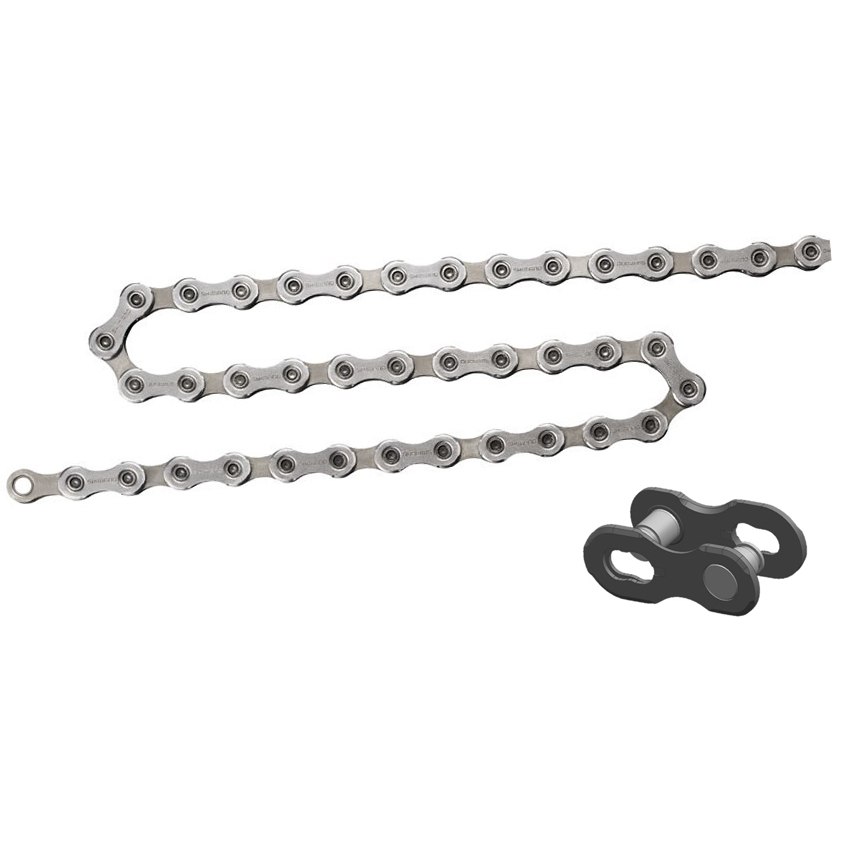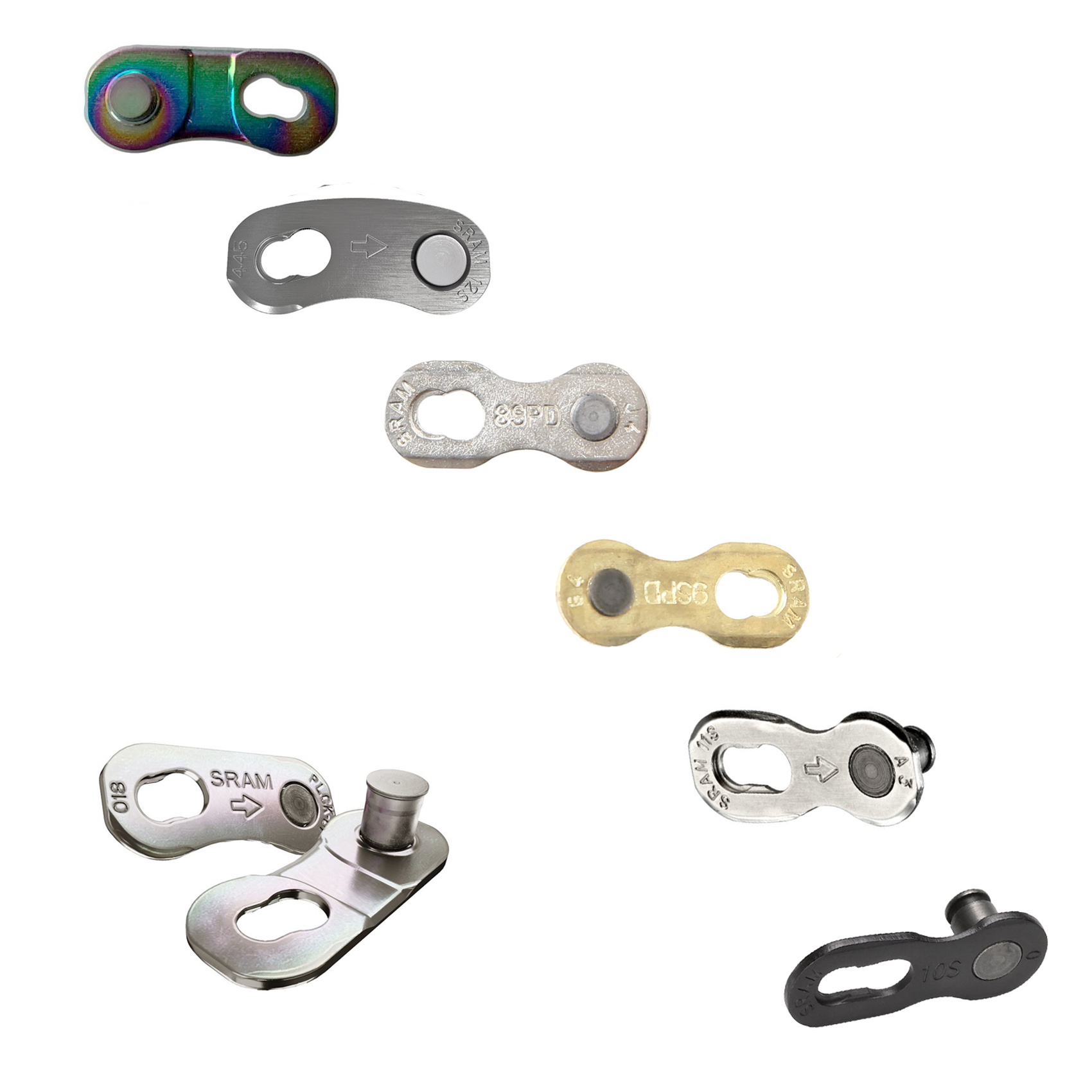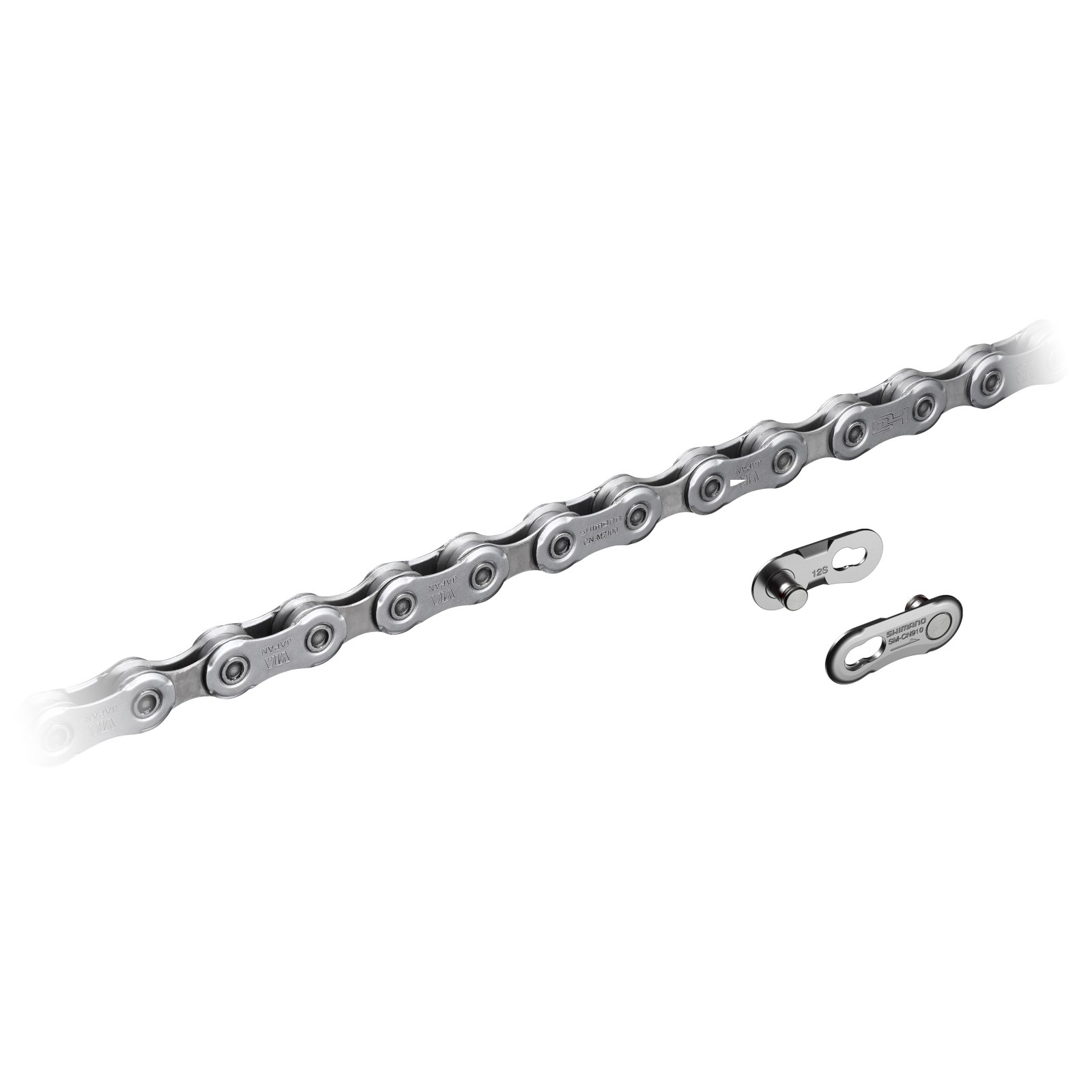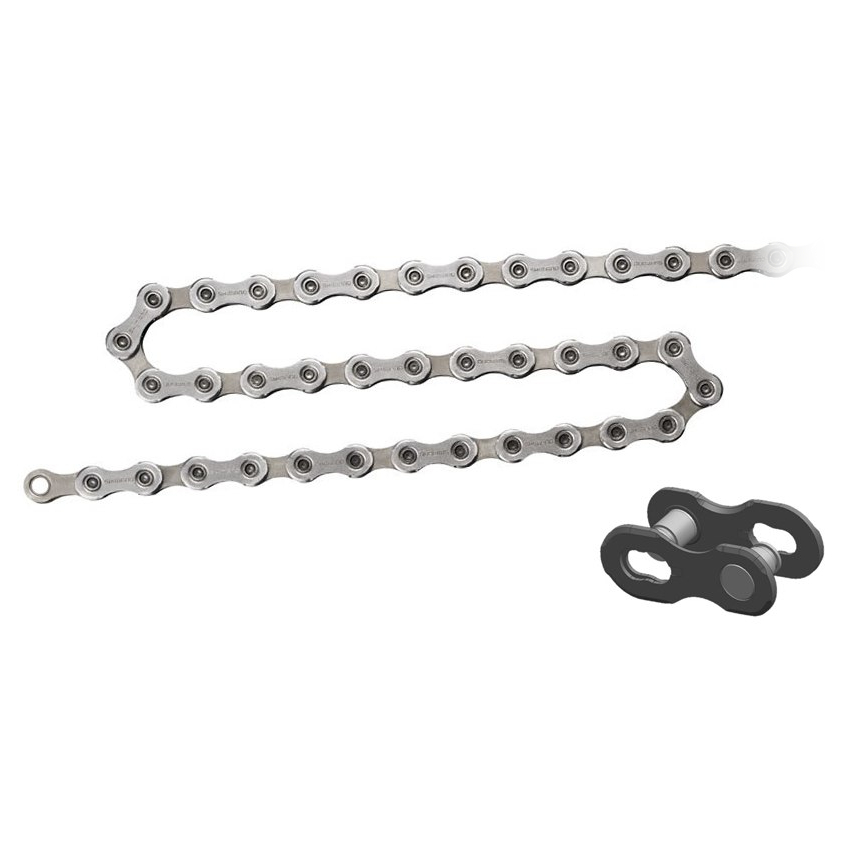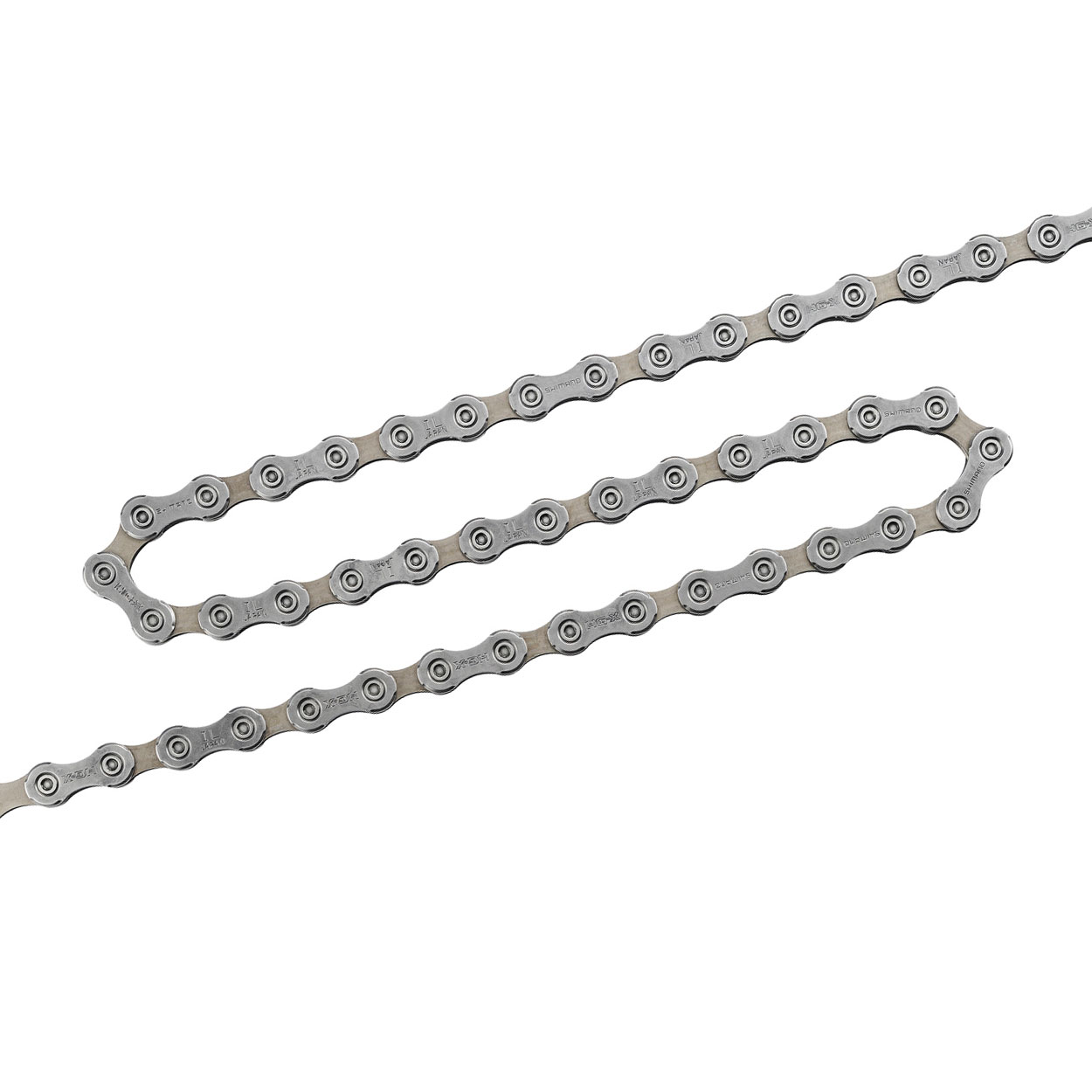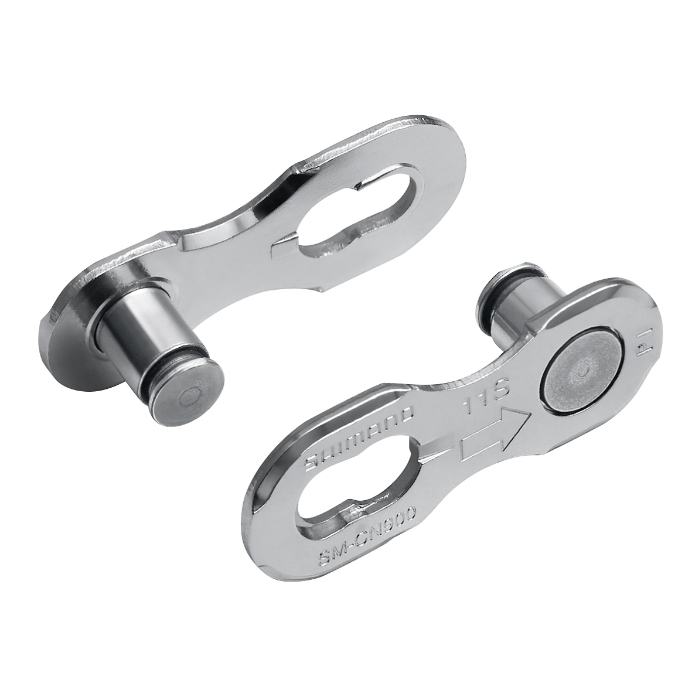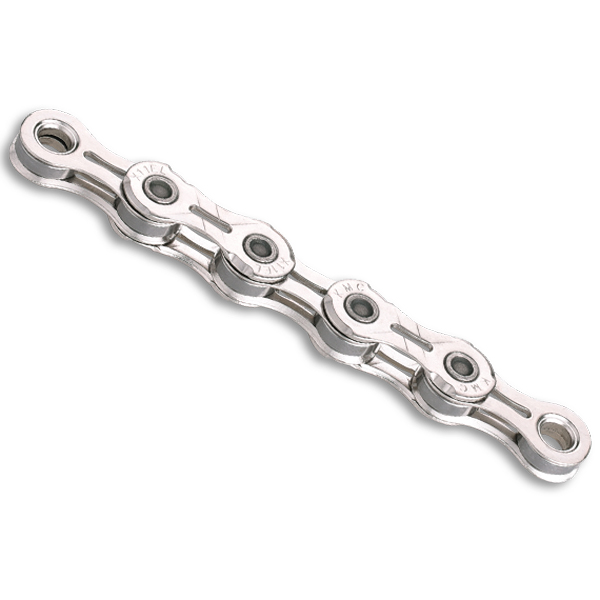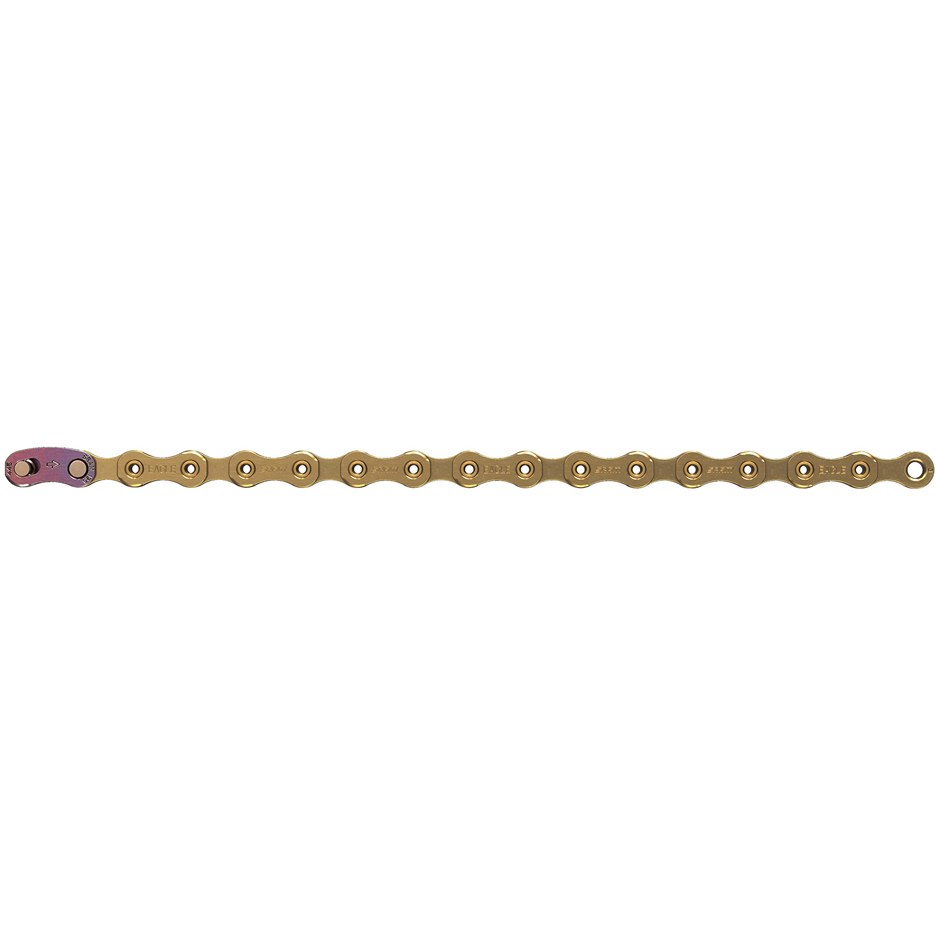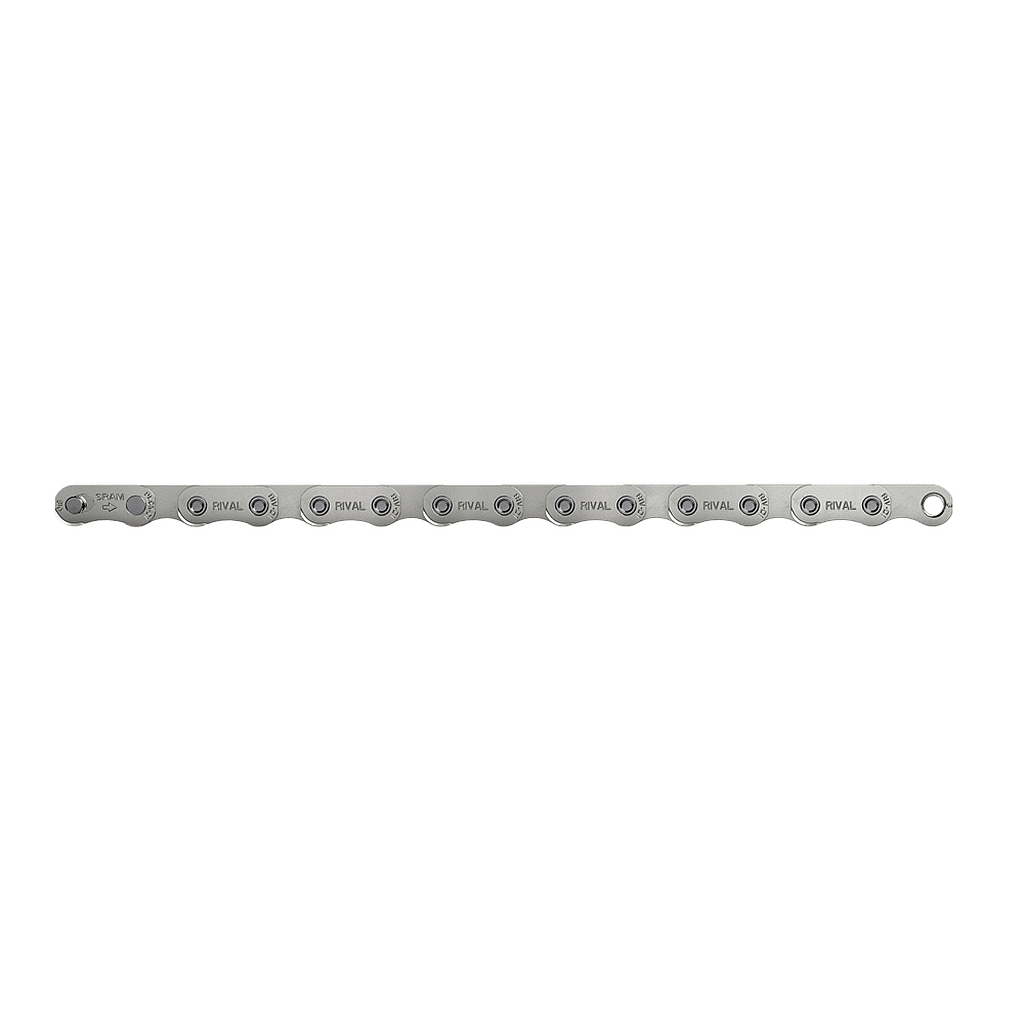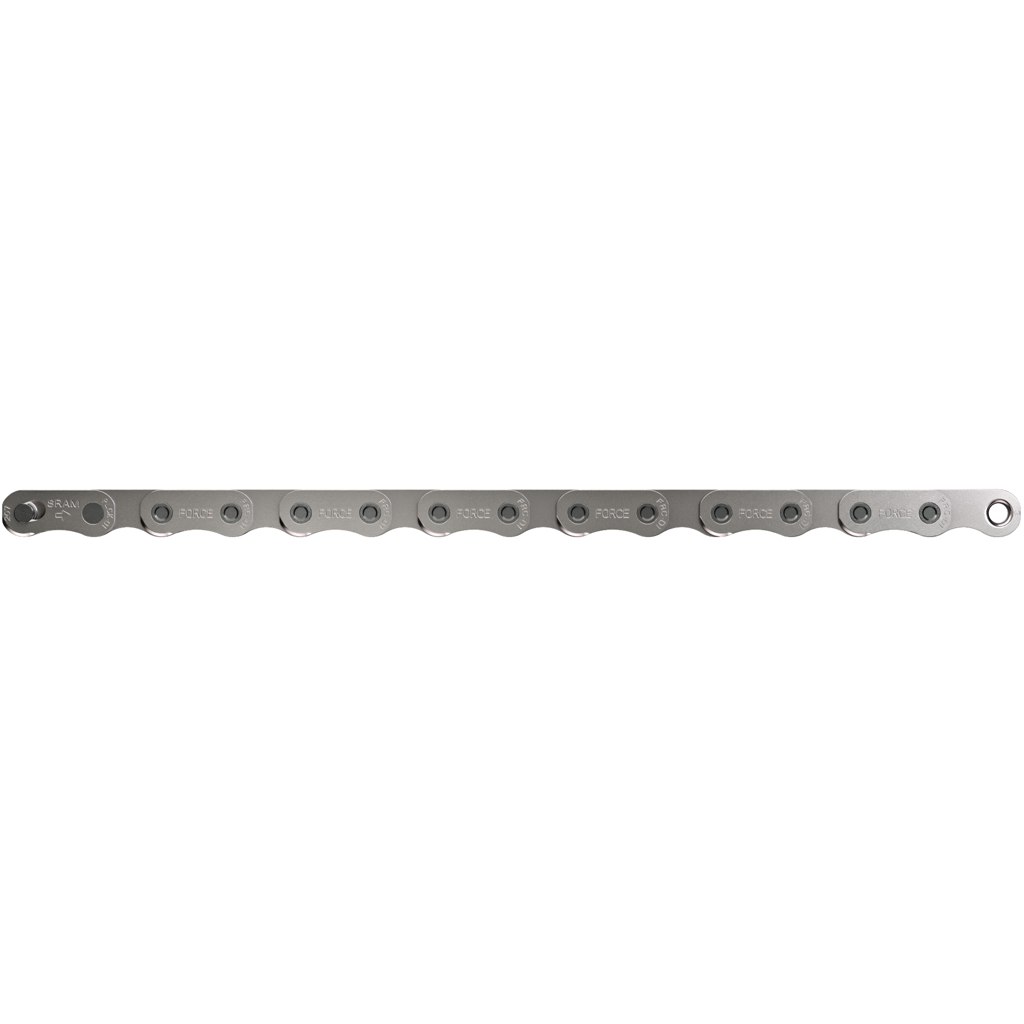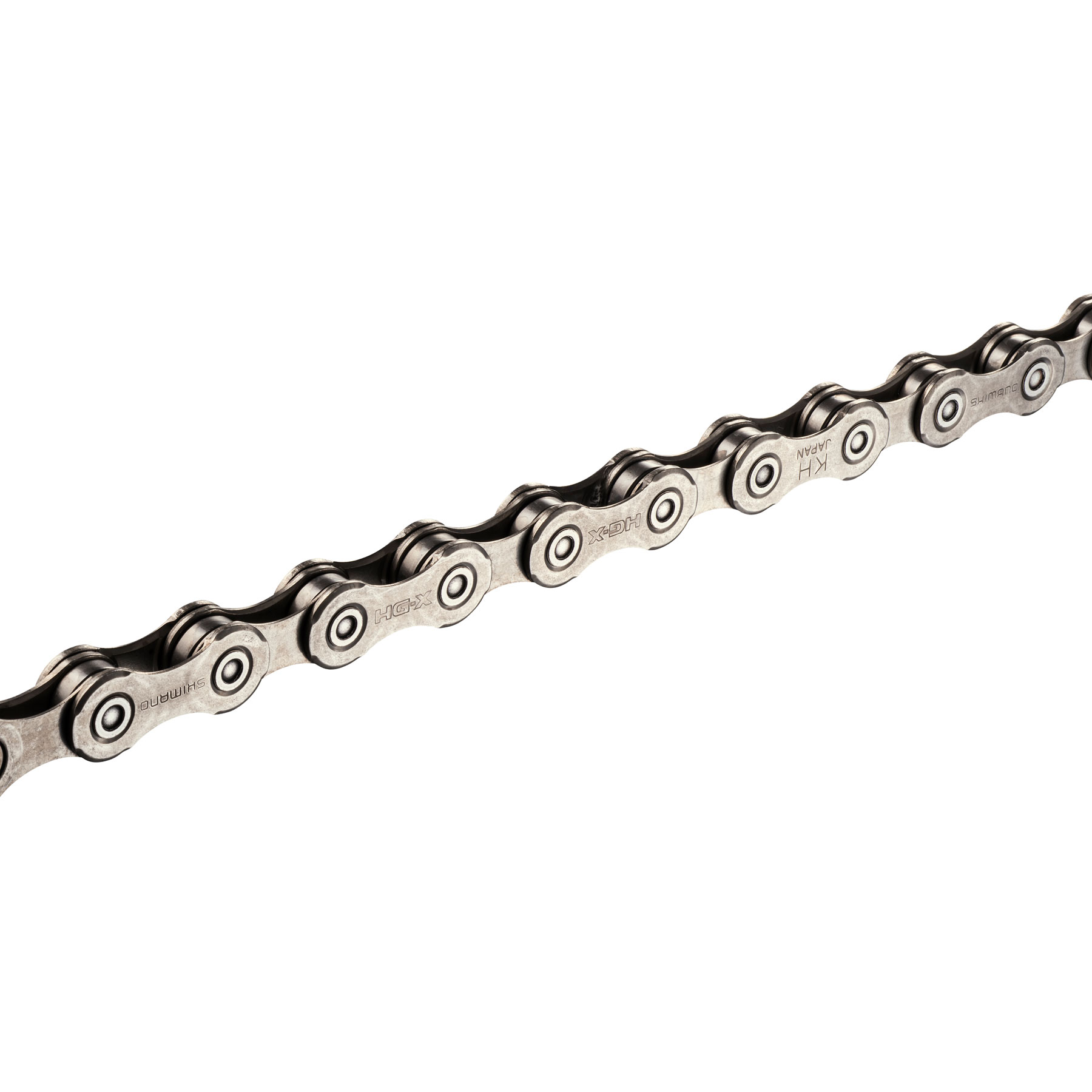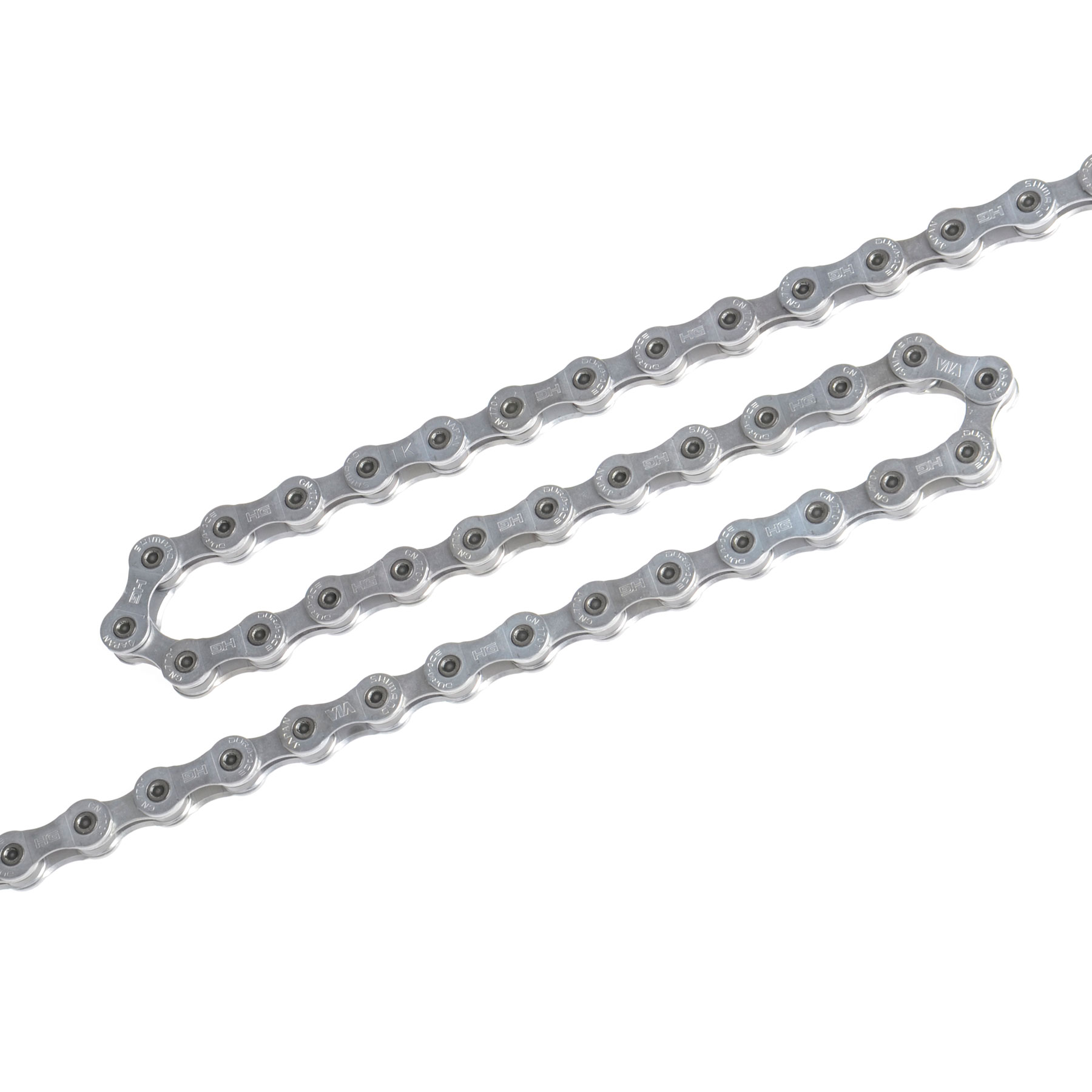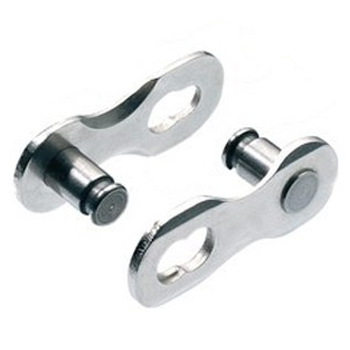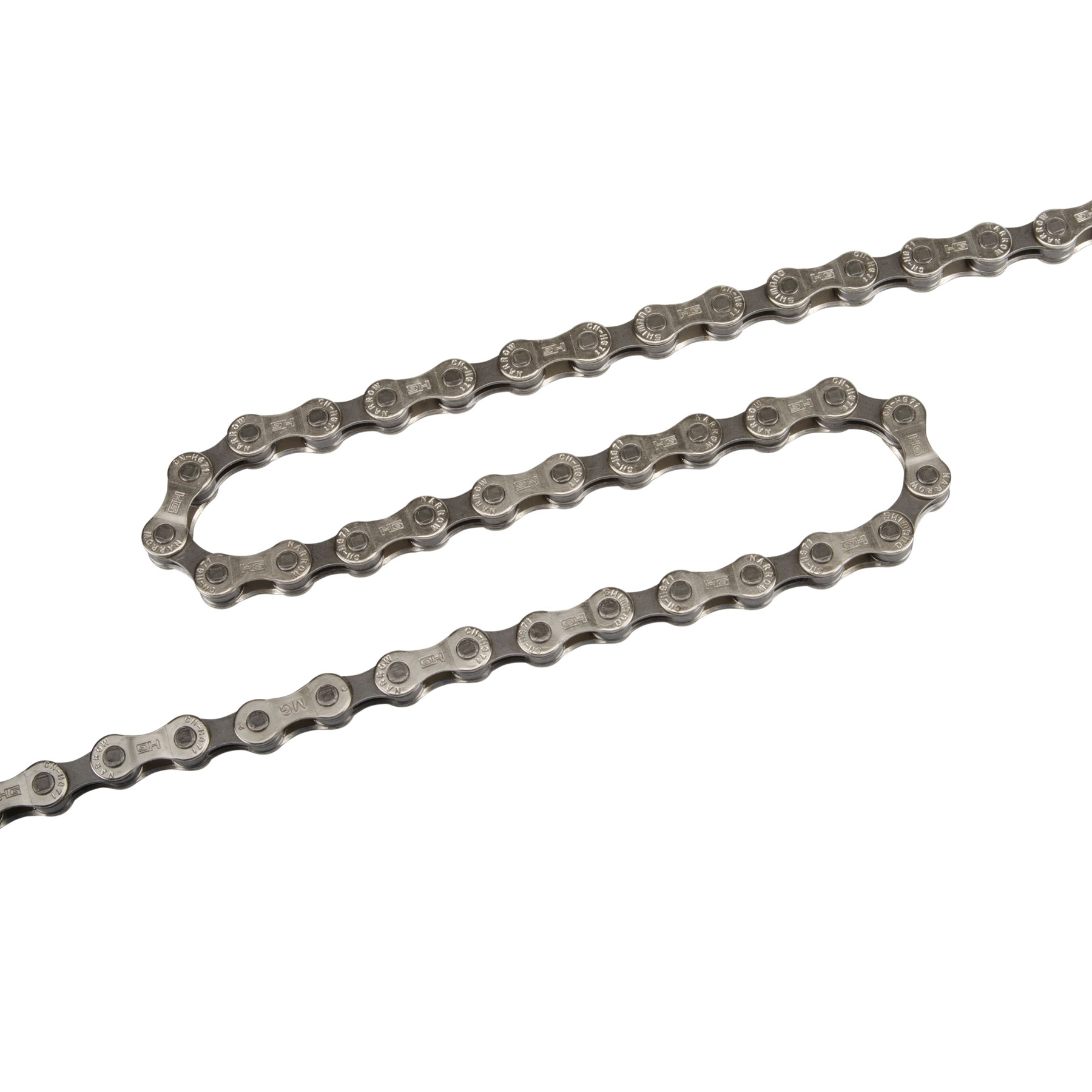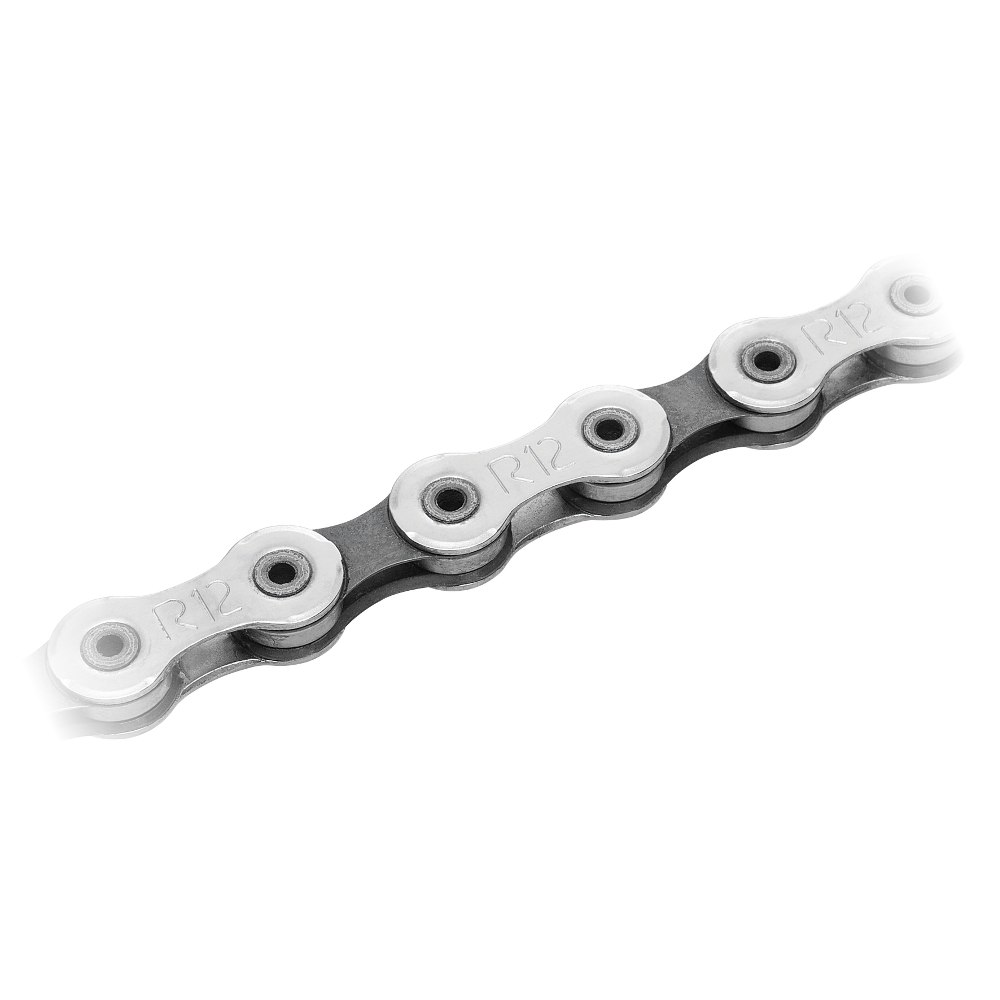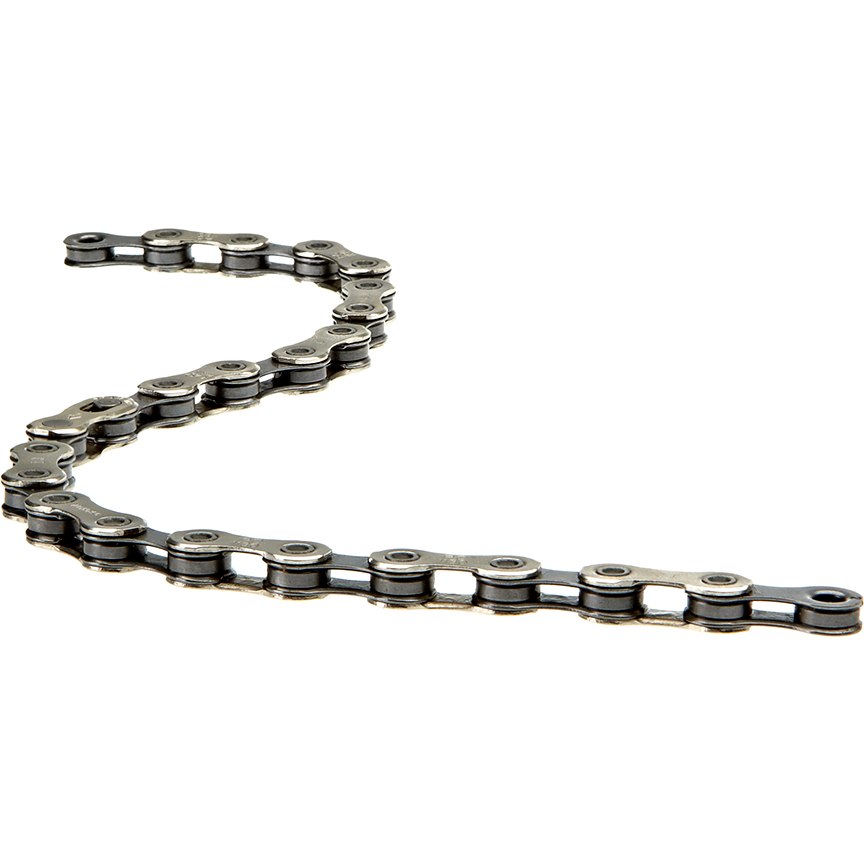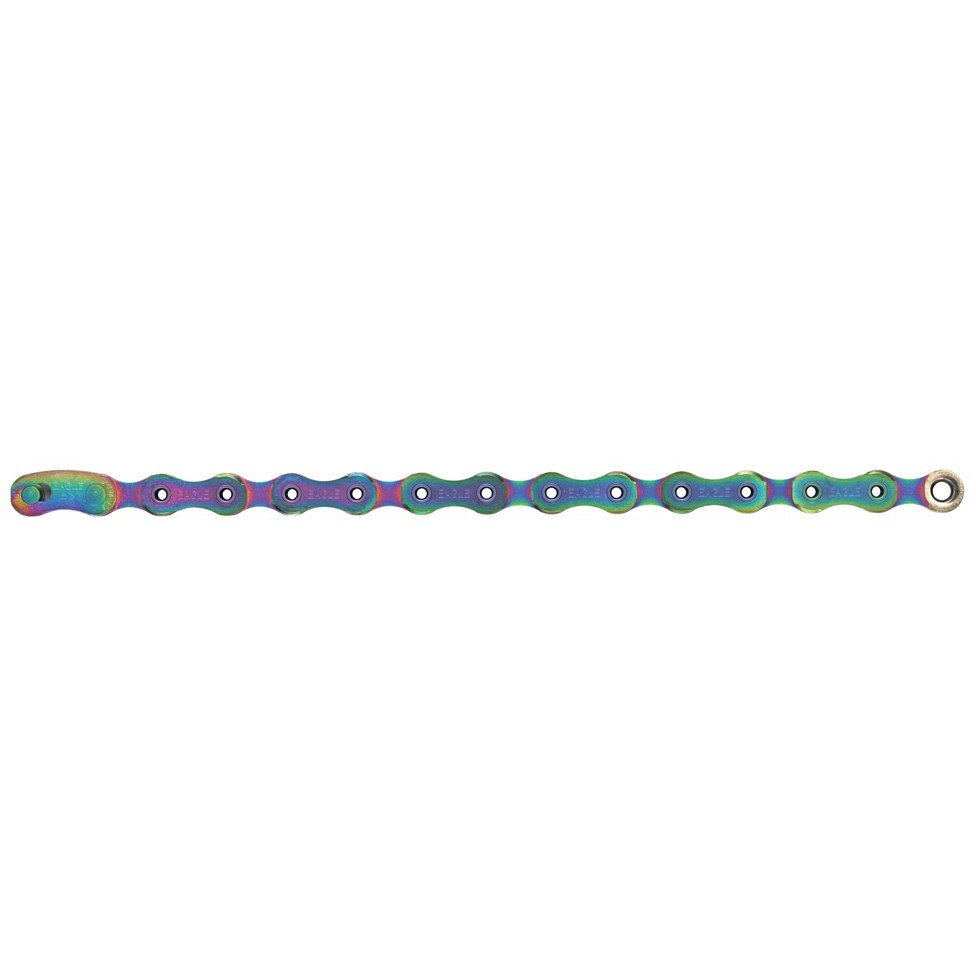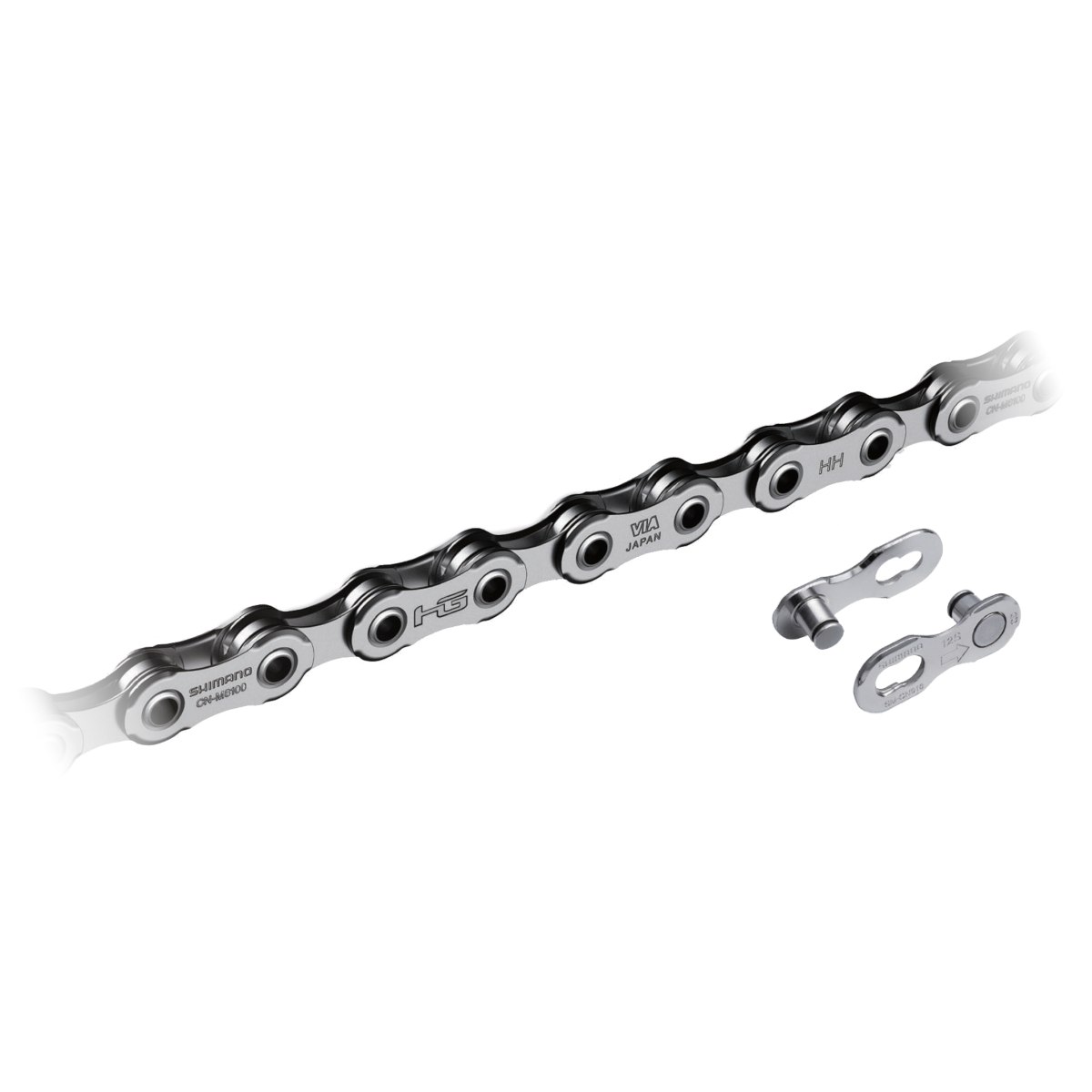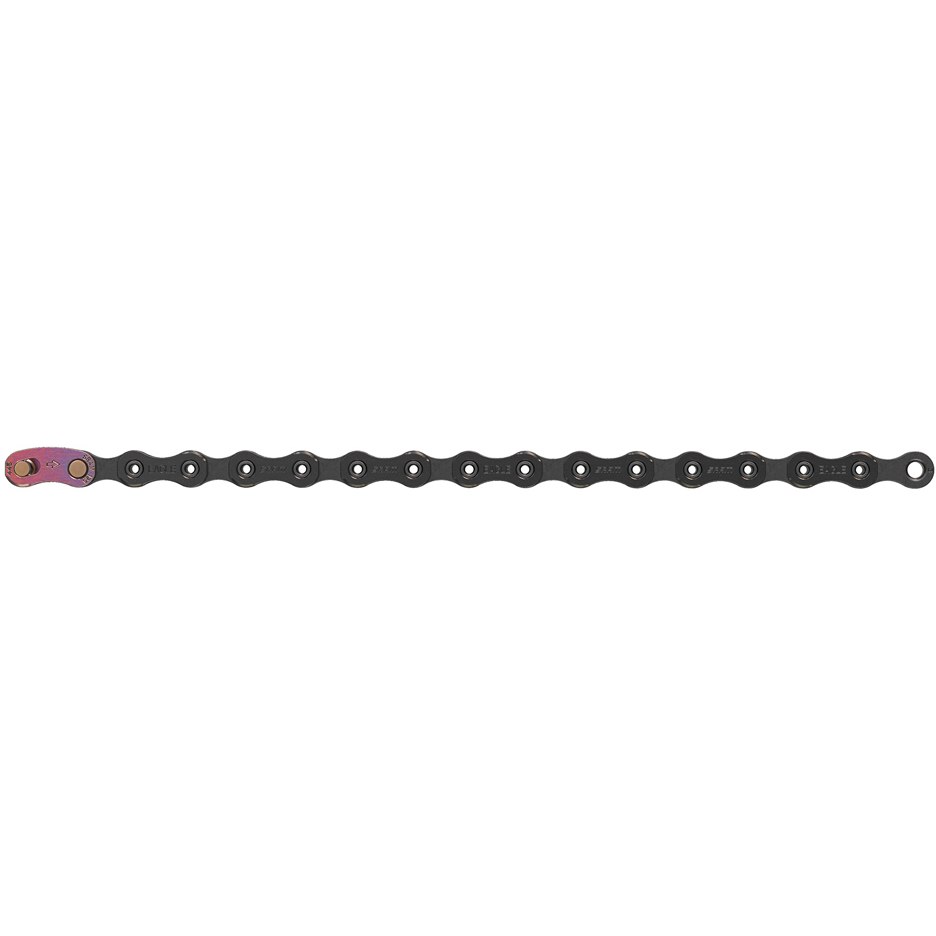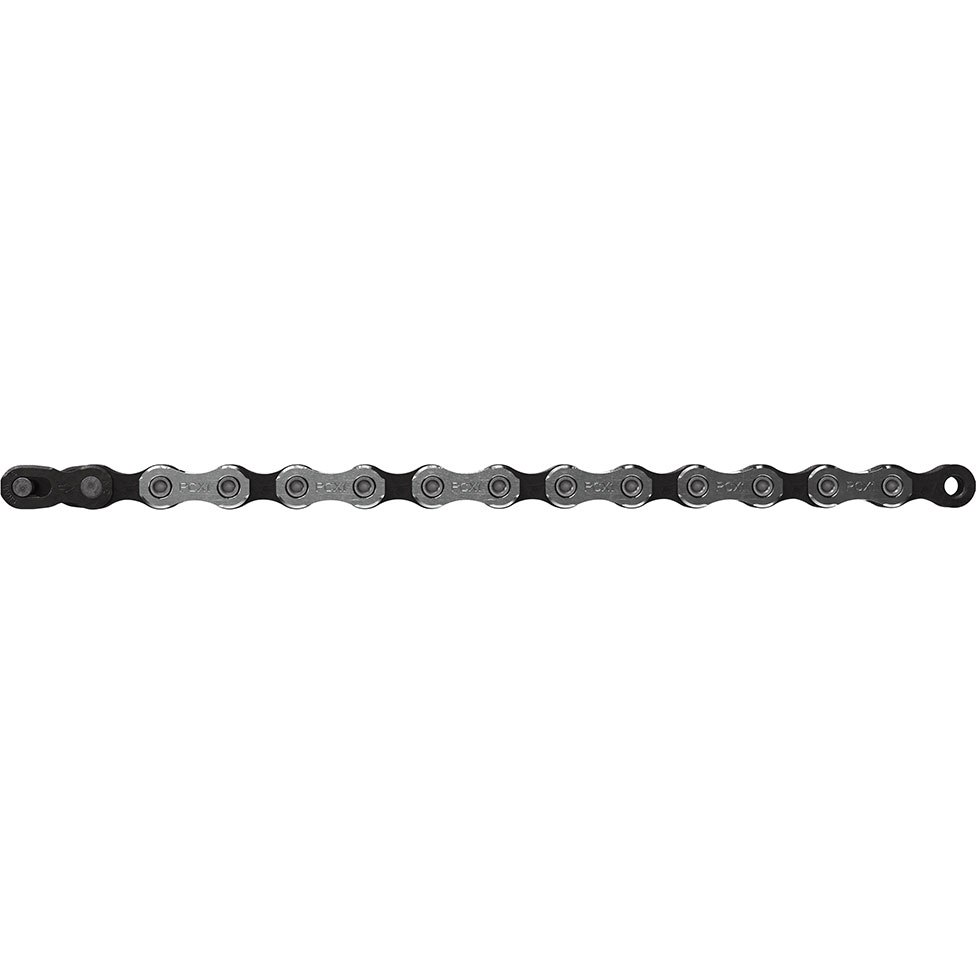- Home
- Cycling
- Parts
- Drivetrain
- Chains
Bike Chains – An Important Link of the Drivetrain
Keen cyclists and potential bicycle buyers are mainly concerned with the frame, fork or wheels, whilst one other component is left by the wayside: the bike chain. Bicycle chains have been a reliable mechanism for transferring power from the pedals to the rear wheel for over 130 years. Even nowadays, they can only be substituted on rare occasions and are an absolute must-have on the latest road bike and MTB gears. Read more
Bicycle Chains: An Overview
- The Development of the Bicycle Chain
- What Do Modern Chains for Bikes Look Like?
- Joining Pins and Master Links
- What Kind of Bicycle Chain Do I Need? Road Bike or MTB – Does It Matter When It Comes to Chains?
- The Right Length – How Many Links Do I Need?
- How to Clean and Lube a Bicycle Chain
- Changing Your Bike Chain without a Hitch
The Development of the Bicycle Chain
When it comes to bike development, the 19th century was a real era of progression. In conjunction with the industrial revolution, bicycles were increasingly becoming an affordable means of individual transport.
The penny farthings which were customary to begin with didn’t use a chain to transfer power, rather, the pedals transferred power directly to the front wheel they controlled. This increased the risk of an accident, in addition to the height and lack of brakes, and meant that cycling used to be a rather hazardous affair.
This would all change with the development of the safety bicycle. This was the first time a bicycle had two wheels of the same size, with a front fork which tilted backwards and a saddle that sat well behind the crankshaft. But this also meant that there needed to be a new way for power to be transferred for this kind of bicycle, meaning that the development of the safety bicycle also marked the birth of the chain drive. The power produced by the cyclist was transferred via a chain ring, cog and chain specially developed for use on bicycles, as it is today. The bicycle developed back in the 1870s was therefore a prototype for the bicycles we ride today.
At first, the power produced by the cyclist wasn’t transferred all that effectively due to large amounts of friction. Resourceful engineers, like the Swiss Hans Renold, started to look at the problem and identified the bicycle chain as the main area with room for improvement. In 1880, he submitted a patent application for a roller chain he had developed and as such, can be classed as the inventor of the modern-day bicycle chain. More innovation followed in the 20th century with special gear chains for derailleur systems, the basic principle of which we still use as standard today. Against this backdrop, we’d like to give you some more detail on what modern bicycle chains look like. Read on to find out more.
What Do Modern Chains for Bikes Look Like?
Every chain is made up of multiple metal links. The same goes for the chains used on bicycles, which were made up of over 100 links even early on. If we go into more detail, there are actually major differences between the earlier chains and those used today. Modern-day chains have to be stable and transfer power with minimal loss of friction.
A bicycle chain consists of pairs of links put together on the same plane. These links are made up of:
- Moving outer plates
- Inner plates with bushings
- Rivets to hold them in place
- Moving rollers which sit on the rivets
Hence the name: roller chains. In terms of material, all the 114 or 116 links in modern-day bicycle chains are made exclusively from steel.
We recommend using a chain with nickel- and chrome-plated outer plates at the very least, so there’s no chance of rusting. A chain which is entirely plated in nickel and chrome would be an even better option.
Regardless of how well-plated the 114 chain links are, without the right lubrication, there can be no guarantee of long-lasting protection against corrosion. For this reason, you should always apply enough oil, dry lubricant or wax to your bicycle chain. Find out more by reading Taking Care of Your Bicycle Chain.
Joining Pins and Master Links
A special chain tool and joining pin have long since been used to join the ends of a chain. This is an affordable option, but can also be susceptible to failures. If you are looking to buy a joining pin, then you’ll need to know whether your bike has a 9, 10, 11 or 12-speed cassette. The length of the tail on the rivet depends on this. A pin can only be used once,
in contrast to master links, which can be used multiple times. Master links or joints for bicycles have different names depending on who manufactured them. Shimano have a Quick Link, whilst SRAM have a PowerLink, KMC a MissingLink and Wippermann simply have a Link.
What’s more, the right links can be reused in a chain which has been shortened too much without a problem, together with another master link.
Read on to find out about the differences between bicycle chains and how you can tell what kind of chain is on your bike.
What Kind of Bicycle Chain Do I Need?
You can find an entire array of bicycle chains on the BIKE24 store. If you’re in search of a specific chain for your bike, it can sometimes be difficult to find the right one. You may start wondering: What kind of chain do I need for my MTB? What does 9-speed mean?
Don’t stress – we’re here to help and tell you what to look out for when buying a bicycle chain!
Let’s start with the good news: the pitch is the same on all chains, with 1/2 an inch between the two rivets. The differences lie in the internal width between the inner plates and the external width of the rivets (also known as the pin length), measured on the outer plates.
Certain single-speed chains for hub gears, coaster gear hubs, BMX and track bicycles are wider inside, at 1/8”, and thicker in terms of material, as are the chain ring and cog. If your bicycle has hub gears or is the right kind of single-speed, this will benefit its durability. There are also 3/32” bicycle chains for hub gears, e-bikes and BMXs. Before you buy a chain for your hub gear mechanism or single-speed drive, it is therefore advisable to familiarise yourself with how thick your cog and chain ring are. Whilst a 1/8” chain will fit on 3/32” cogs, there will be too much room crosswise on the teeth. However, a chain that’s 3/32” wide won’t fit on 1/8” chain rings and cogs on any account.
3/32” chains have the same dimensions as 6/7/8-speed gear chains and vice versa. Gear chains often have chamfered outer plates for better gear changing performance. What’s more, chains for e-bikes and permitted bicycles parts are reinforced in order to withstand the additional power put on them by the motor over the long term.
An alternative to a chain for a single-speed bike with a straight chainline would be rubber belt. Belt drives are more expensive overall, but are also more durable and work smoothly.
For bikes with 9 speeds and more, the internal width stays at 11/128” whilst the external width decreases the more gears there are. This is necessary, as a thinner, more flexible bicycle chain is required especially when there are more cogs on the rear cassette. The following table shows how the widths decrease as the number of gears increases.
| Number of gears | External dimensions | Size |
| 9-speed chain | 6.7 mm (SRAM PC-951) | 1/2” x 11/128” |
| 10-speed chain | 5.9 mm (Connex 10SG) | 1/2” x 11/128” |
| 11-speed chain | 5.65 mm (KMC X11SL) | 1/2” x 11/128” |
| 12-speed chain | 5.15 mm (Campagnolo Record 12s) | 1/2” x 11/128” |
As you can see, an 11-speed chain cannot be told apart from a 12-speed chain simply by using the information on sizing provided by the manufacturer. As such, you should check how many gears your bike has before making your purchase.
If in doubt, we recommend asking the BIKE24 experts to check the width with a vernier caliper.
Road Bike or MTB – Does It Matter When It Comes to Chains?
In our experience, if you have a 9- or 10-speed bike, you can the same model of chain on your road or mountain bike, provided that the length is right.
Road Bike Chains are usually lighter than MTB chains due to the hollow bolts and machined plates used, but are also more prone to getting dirty, which in turn accelerates wear and tear.
If your bike has 11 speeds or more, and especially with 12-speed derailleur gears, there is less tolerance when it comes to keeping gear changes smooth, as the distances between the cogs become smaller.
For this reason, the road or mountain bike chain recommended by the manufacturer should be used for bikes with up-to-date road or mountain bike gears. Industry leaders like Shimano, SRAM and Campagnolo recommend using certain combinations of cassettes, chains and chain rings in order to achieve smooth gear changes and an optimal energy transfer.
The chains you can find at BIKE24 are all essentially distinguished as being specifically for road bikes or MTBs.
Most of the chains on offer feature a silver finish due to their outer chrome plating, but we also have some more exotic designs, such as black chains with red rivets or gold chains with a titanium-nitride coating. If you look after it right, your drivetrain is sure to turn heads with eye-catching chains like these.
The Right Length – How Many Links Do I Need?
Whether you need to order a chain with 112, 114, or 116 links depends on the length of your chainstay or frame, the type of frame you have – full sus or hardtail – and the number of teeth on your chain rings. The easiest thing to do is to count the number of links on your old chain. If you have already gotten rid of your old chain, or if it was too long, then you have several ways of finding out the right chain length for you.
You can find out the optimal chain length using this formula:
Chain Length (CL) = 0.157 x a + 1/2 T1 + 1/2 T2 + 2
a = length of chainstay in mm (middle of the bottom bracket axle to the middle of the rear wheel axle)
T1 = number of teeth on the largest chain ring (front)
T2 = number of teeth on the largest cog (rear cassette)
The result should always be rounded up to an even number. For example, 113 should be rounded up to 114 links and 115 to 116.
Particularly long chains with 116 links can also be used as synchronizing chains for tandem bikes. Tandem bikes usually feature two chains put together so that the power from the captain (or driver) and stoker can be transferred simultaneously.
There are also practical ways of determining chain length over and above the mathematical formula.
Here’s some more information on the method currently used by SRAM.
The new chain is placed over the largest cog and chain ring according to the direction of movement, leaving out the rear derailleur. Now place the left end over the right end, making sure they are slightly taut. You now have to cut the right end of your bike chain after it has overlapped the third rivet on the left end. You should then have two inner links at the ends.
How to Clean and Lube a Bicycle Chain
When you start hearing loud crunching and squeaking noises coming from your drivetrain, then it means that your chain isn’t well enough lubricated and is running dry. This will inevitably cause your chain rings, cassette and also your chain itself to become quickly worn. You shouldn’t waste any time here – get treating your bicycle chain either with oil, a special wax or some dry lubricant. Many cyclists have their own ideas when it comes to what the right lubricant is. We’ll go into the pros and cons in more detail later on.
The majority of bicycle chains available are lubricated with oil by machine ex works. For this reason, we’d like to outline the procedure for oiling your bicycle chain. You can apply oil directly to your chain without the need for any pre-treatment. Oil for use on bicycle chains has the advantage that it’s widely available anywhere you go and oils from different manufacturers can be mixed.
Before you treat the all-important chain for transferring energy from rider to wheel with clean lubricant, the entire chain drive should be cleaned.
A thin screwdriver can help to get rid of any large bits of excess lubricant. You can then start to rub down the cassette, chain and cogs using a cloth soaked in a thin oil-based cleaner. Put the cloth around your bike chain and start to wind backwards. Depending on how dirty it is, you may have to repeat this process several times until your chain really sparkles.
And you can make the entire process easier, and even keep your fingers clean, by using a special chain cleaning device. Simply open the device up and mount it onto the chain. Once filled with chain cleaning product, which coats the brushes inside, this device will work its magic and get those links sparkling clean once again.
Now it’s time to actually oil your chain. To do this right, start by applying the oil where the plates overlap as well as onto the rollers.
For the sake of the environment, we recommend only using as much oil as necessary and as little as possible!
Once the part of the chain before you has been sufficiently oiled, you can then push the pedal to turn the chain and oil the rest of the links.
To give the oil time to really set into the chain, it has to be left to work, ideally overnight. Before your next bike ride, take a clean cloth, put it around the chain and give the chain another pull through.
Changing Your Bike Chain without a Hitch
No matter how well you care for your drivetrain, at some point or another, it will become worn and the chain will stretch. This can be easily checked with a chain measurement tool, or if you really know your stuff, a vernier caliper. Other clear indications that your drivetrain needs changing include if your chain keeps skipping and if your bike has become significantly worse at changing gear.
In order to open up your bike chain and mount a new one, you’ll need a minimum of a chain riveter tool, combination pliers and, where applicable, master link pliers. Once the cog set, which has usually also become worn, and perhaps also the old chain rings, have been changed, you then have to replace the chain. This involves mounting, cutting and closing the new chain.
You can read how to find the optimal chain length here: “The right length – how many links do I need?”.
Once you have cut the chain to the right length, route the left end of the chain through the rear derailleur – over the top pulley, around the lower pulley from behind – before closing it, with a master link mounted in the direction of movement, for example. To finish, wind the pedal until the link is above the chainstay, hold the rear wheel in place and press down on the pedal. You’ll hear a clear click, which signals that your drivetrain is now ready for many more kilometres of cycling.

